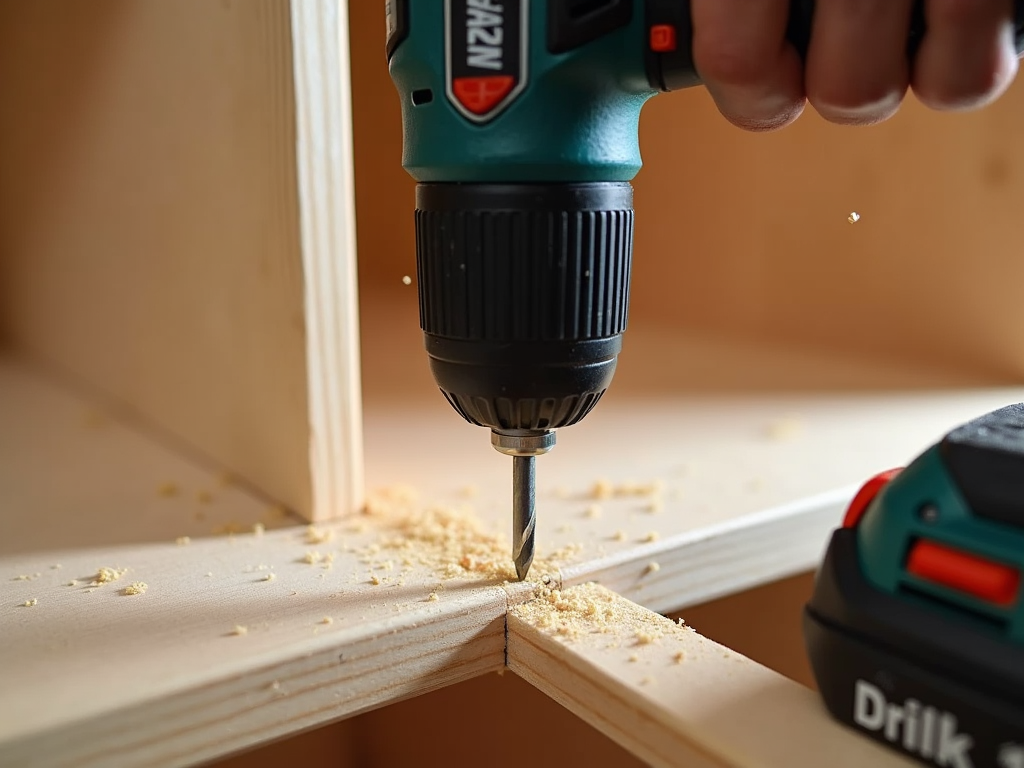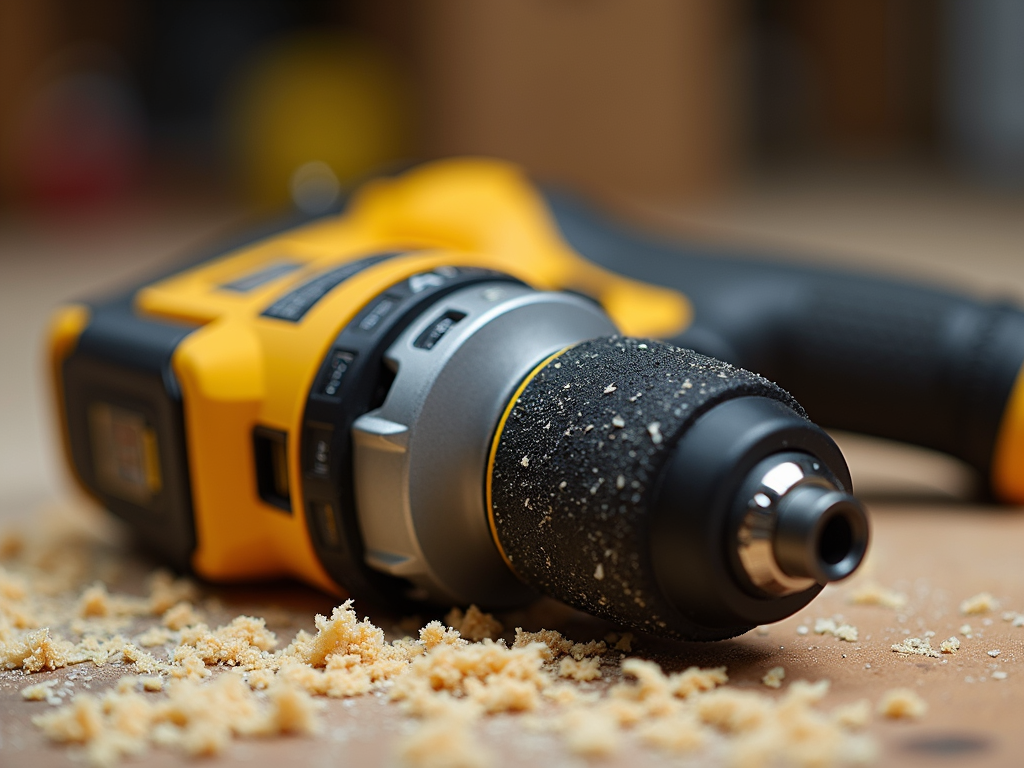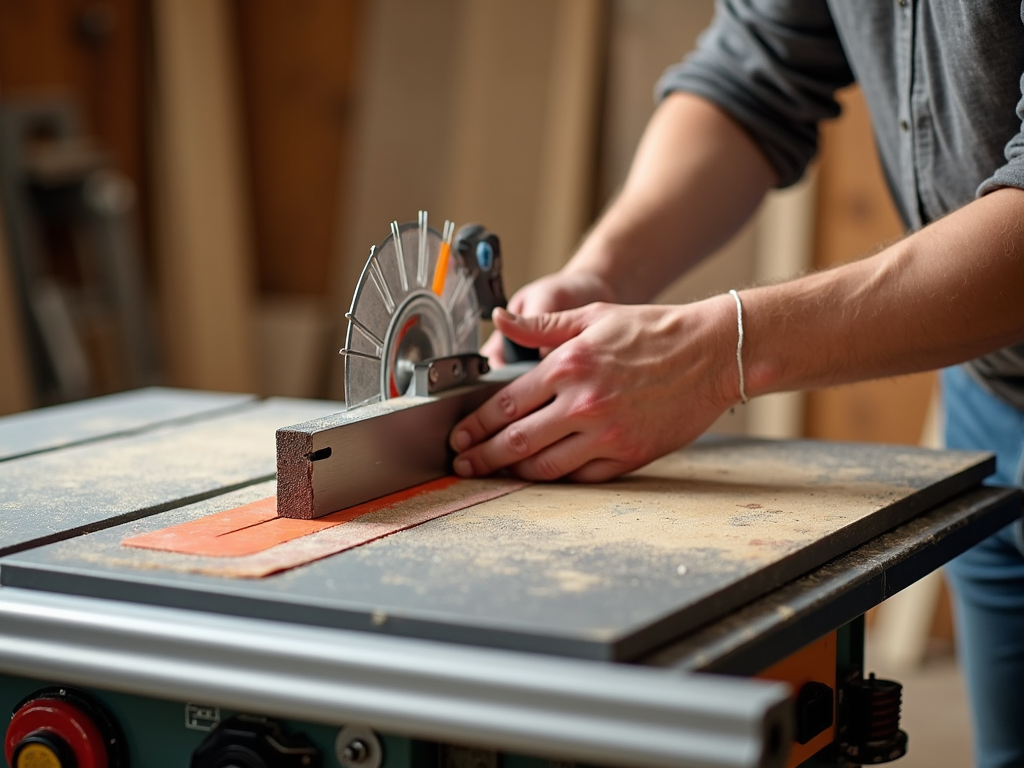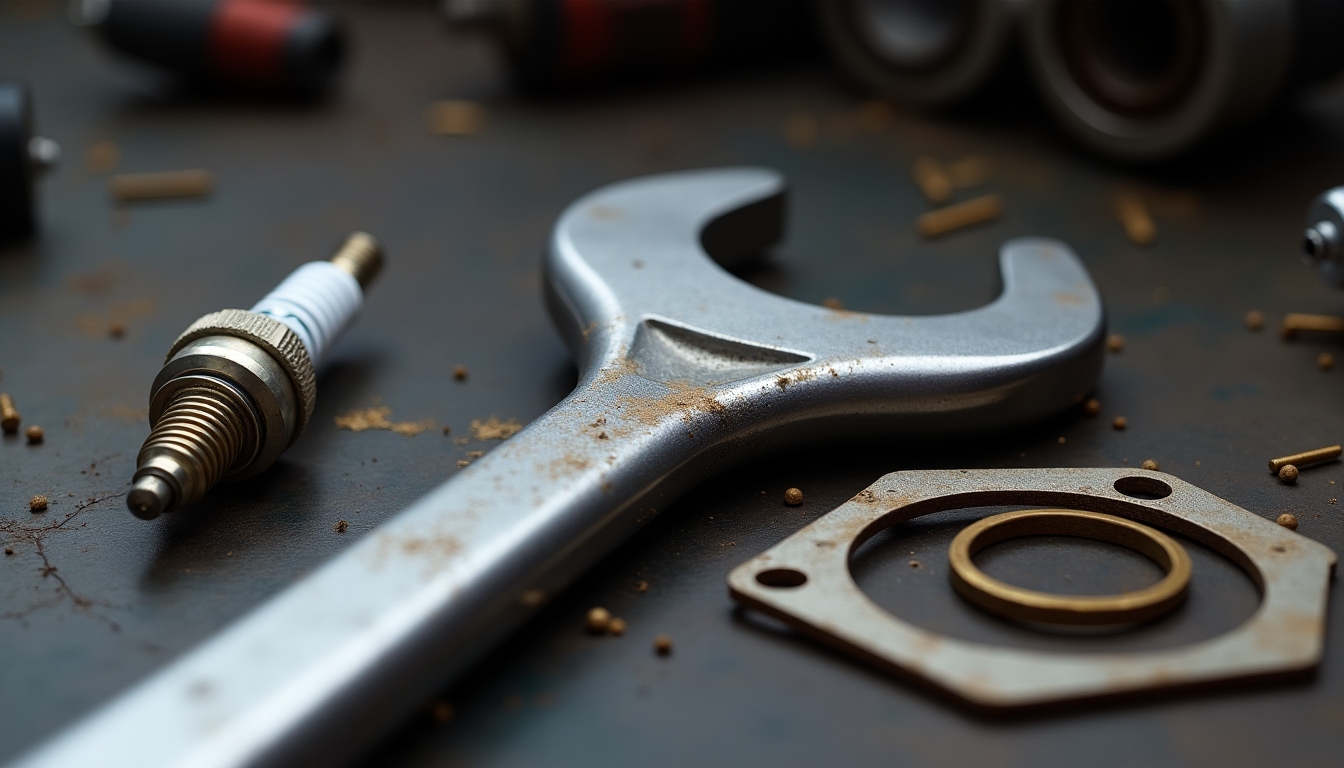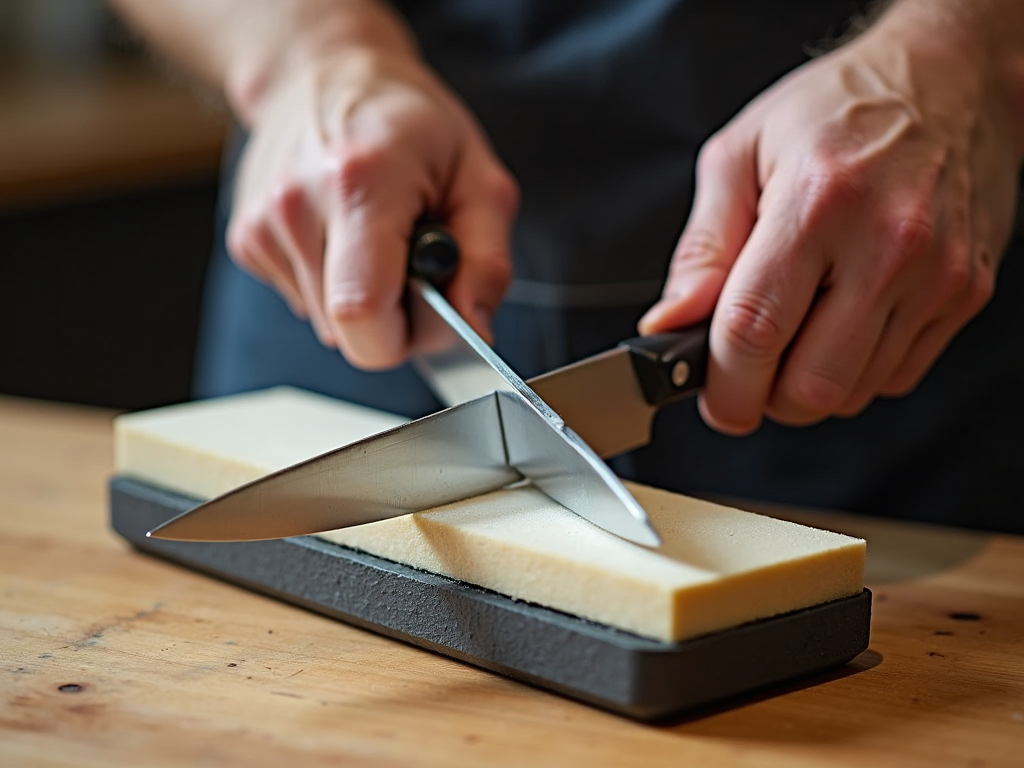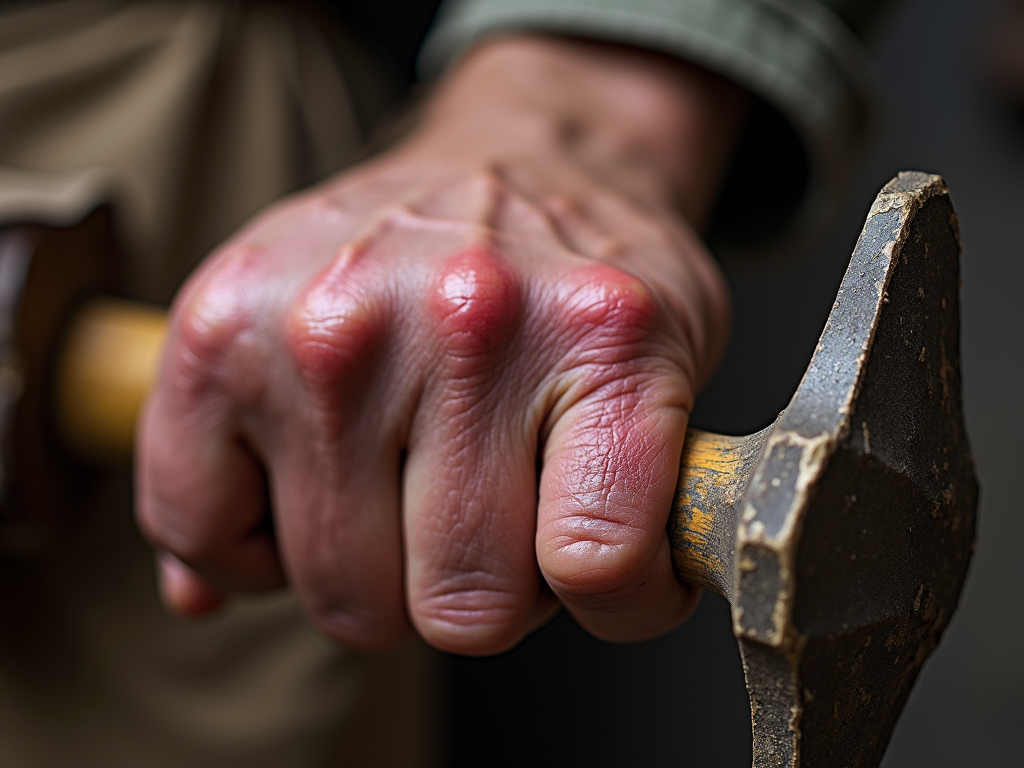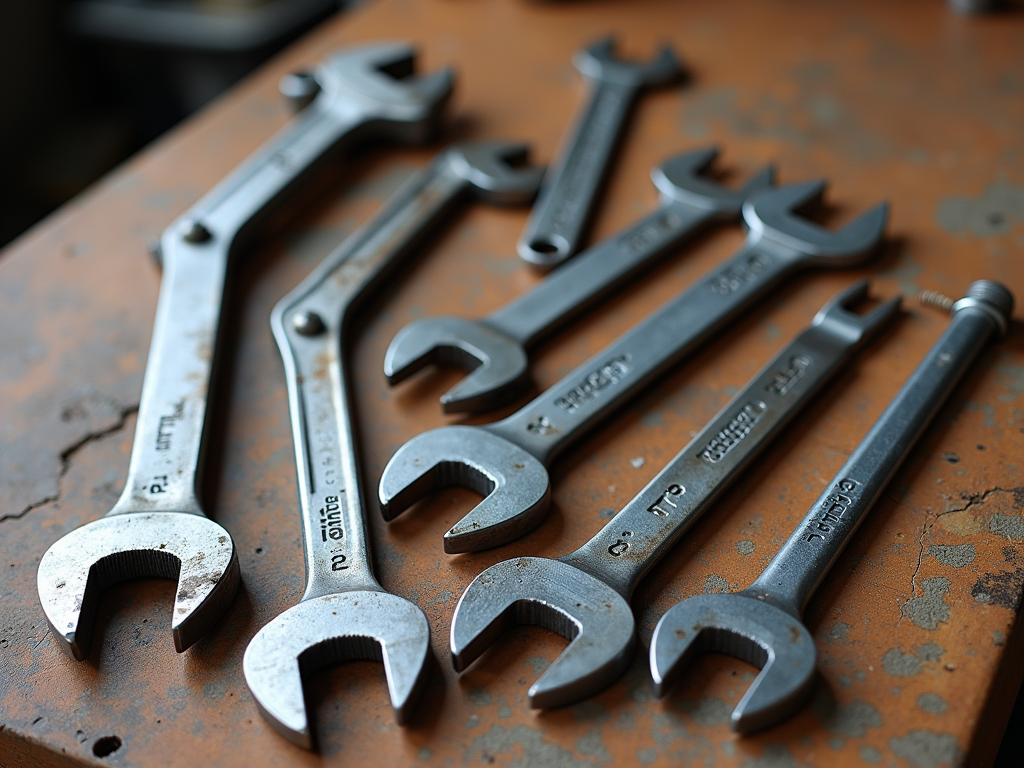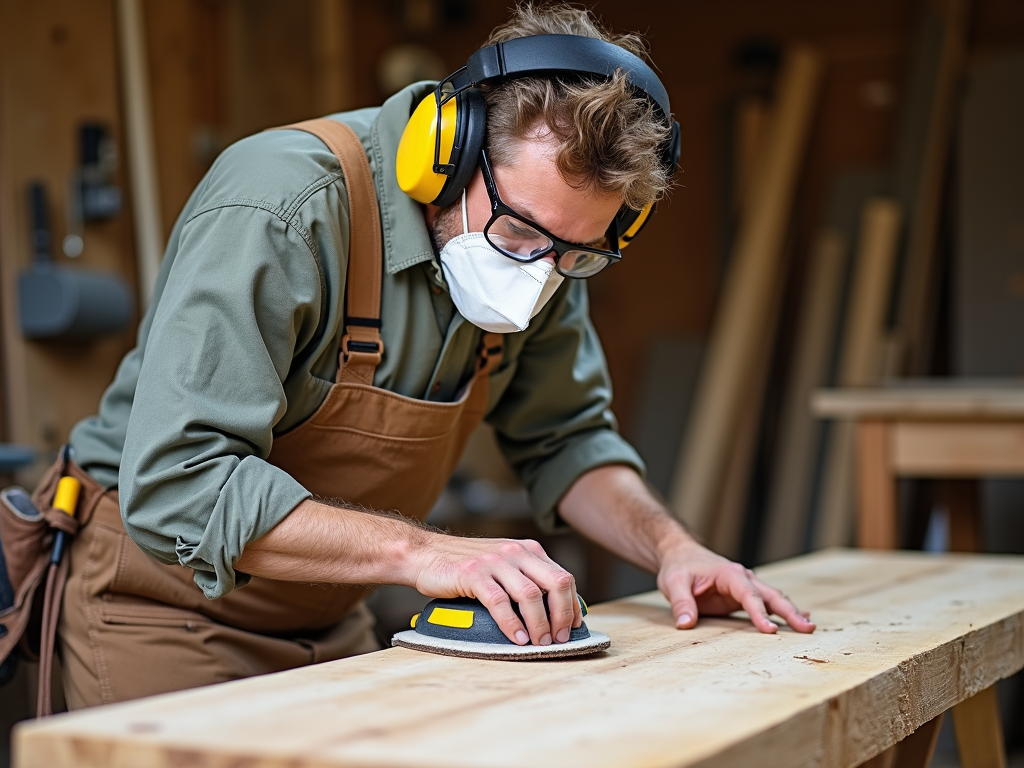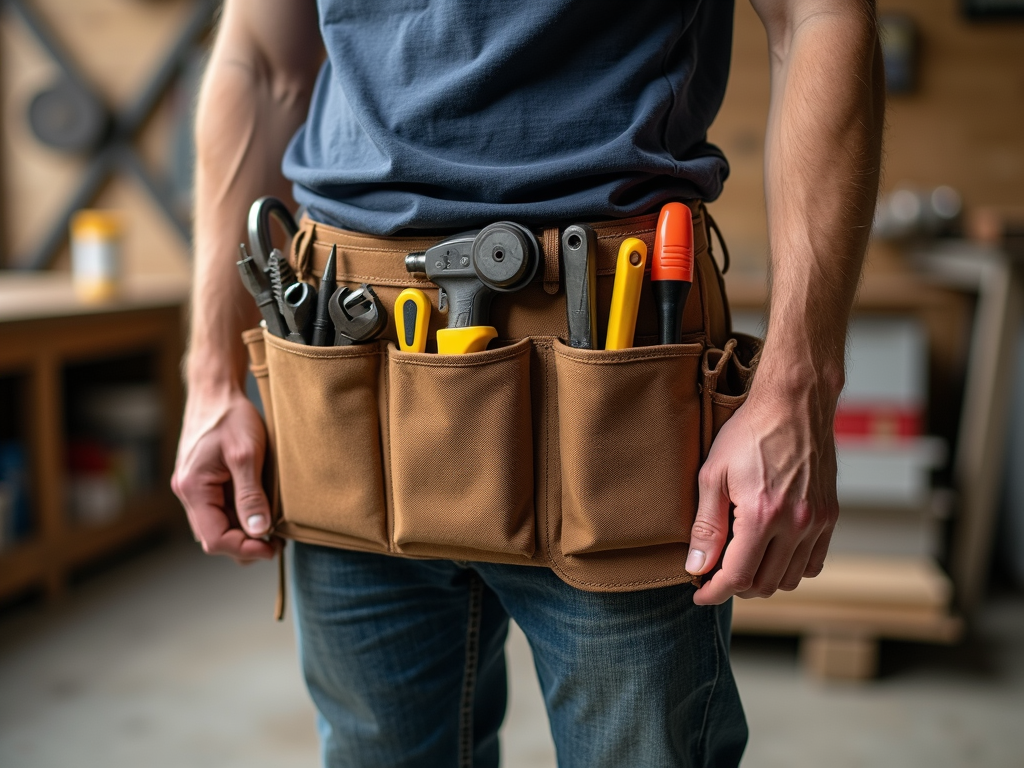Selecting the right power tool can transform your project from a struggle into a success. Whether you're building a shelf or cleaning a deck, the right tool saves time and effort. This guide explains how to choose the right power tool for your project, offering clear steps and insights for everyone.
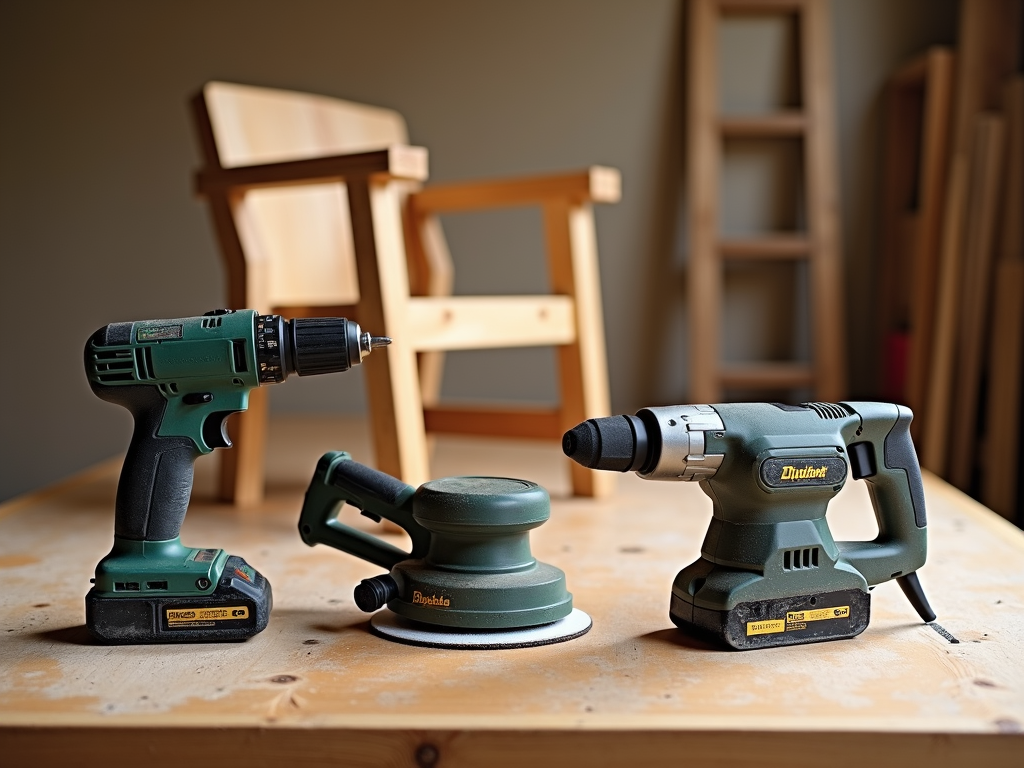
What Are Power Tools and Why They Matter
Power tools are motorized helpers that make tasks like cutting, drilling, and sanding faster and easier. From drills to power washers, they’re designed to tackle specific jobs. Picking the right one ensures your project goes smoothly and safely. A mismatched tool can slow you down or even ruin your work.
Types of Power Tools You Should Know
Here’s a quick rundown of common power tools and their uses:
- Drills: Great for holes and screws. Cordless ones give you freedom to move.
- Saws: Circular saws cut straight lines, while jigsaws handle curves.
- Sanders: Smooth out wood or metal. Orbital sanders are perfect for small jobs.
- Power Washers: Blast dirt off patios or cars with high-pressure water.
- Grinders: Cut or polish tough materials like metal or stone.
Knowing what each tool does helps you match it to your project.
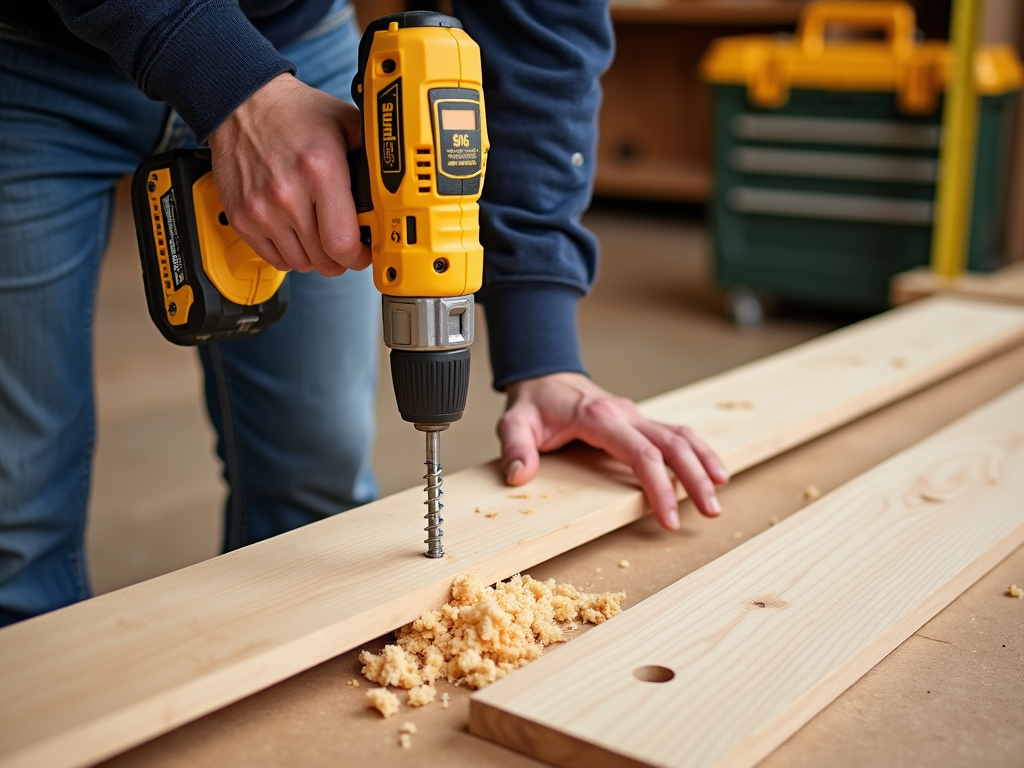
Key Factors to Pick the Right Tool
Choosing a power tool isn’t just about grabbing the shiniest one. Consider these points:
- Your Project: What are you doing? Drilling needs a drill, cleaning needs a power washer.
- Power Type: Corded tools keep going but tie you down. Cordless ones let you roam but need recharging.
- Comfort: A tool that fits your hand reduces tiredness. Test the grip if you can.
- Extras: Look for speed settings or lights. They make work easier.
- Quality: Brands like DeWalt or Bosch last longer. Check reviews before buying.
- Cost: Balance price with durability. Cheap tools might break fast.
Think about these to avoid wasting money or time.
Picking the Right Drill for Your Needs
Drills are a go-to for many projects, but not all drills are the same. Here’s how to choose:
- Everyday Tasks: A 12V-18V cordless drill handles most home jobs. I once built a bookshelf with one—it was a breeze.
- Tough Jobs: For concrete, get a hammer drill. It’s stronger and punches through.
- Fine Work: A drill press keeps holes exact, ideal for detailed crafts.
A study from Purdue University shows cordless drills with lithium-ion batteries last 20% longer than older types. Match your drill to your task for best results.

Power Tools for Beginners
Starting out? Keep it simple with these:
- Cordless Drill: Does everything from shelves to picture frames.
- Circular Saw: Cuts wood fast and straight. I cut my first tabletop with one.
- Orbital Sander: Makes surfaces smooth without much effort.
- Power Washers: Clean decks or fences in minutes, not hours.
These are easy to learn and cover most beginner projects. Start here, then grow your collection.
Digging Deeper: Advanced Tips
Got some experience? Look at these:
- Battery Life: Lithium-ion batteries charge fast and last long. Worth the extra cost.
- Motor Type: Brushless motors run cooler and stronger. My grinder with one still works after years.
- Smart Tech: Some tools connect to apps for tracking. Handy for pros.
The U.S. Department of Energy notes brushless motors use 10% less power, saving energy over time. These upgrades pay off for bigger jobs.

Stay Safe with Power Tools
Safety isn’t optional. Follow these tips:
- Read Up: Know your tool’s rules before starting.
- Gear Up: Goggles and gloves protect you. I learned this after a wood chip flew at me.
- Check It: Look for cracks or loose parts every time.
- Match the Task: Don’t force a tool to do something it can’t.
- Clean Up: A messy space trips you up.
Safety keeps your project—and you—in one piece.
Power Washers: A Special Mention
Power washers stand out for outdoor tasks. They blast away dirt with water pressure, perfect for siding or driveways. Choose one with adjustable pressure—too much can damage wood. I cleaned my patio in an hour with one, saving a whole day of scrubbing.
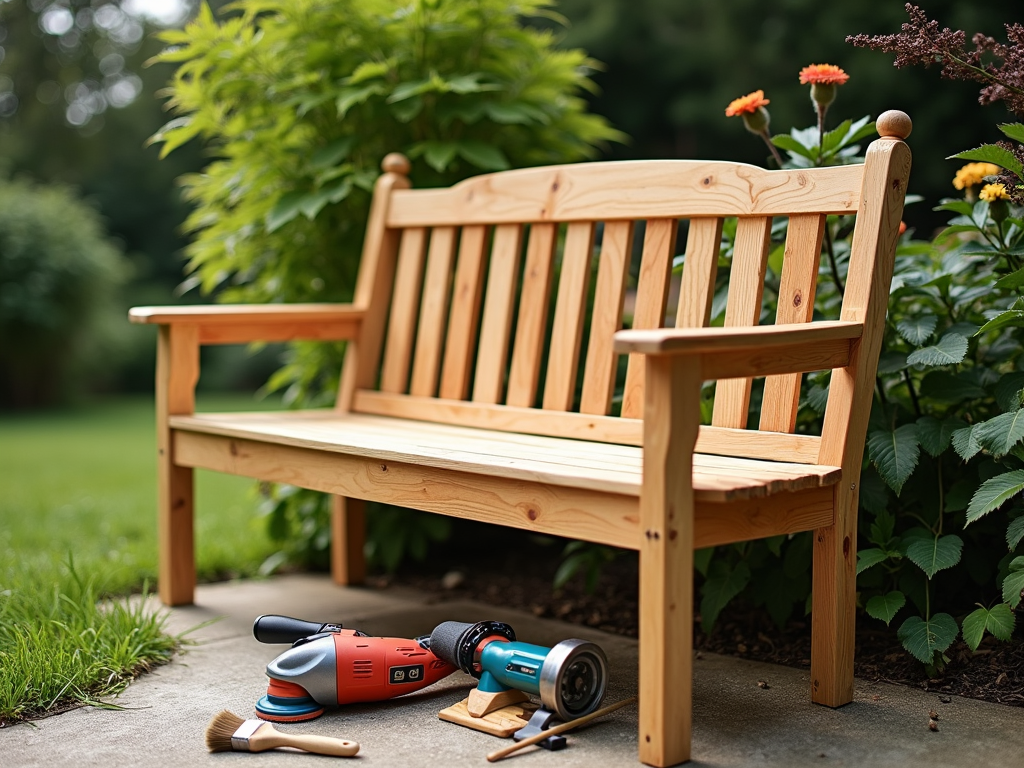
Wrapping It Up
Finding the right power tool for your project takes a little thought, but it’s worth it. Match the tool to your task, think about power and comfort, and always put safety first. With the right choice, you’ll work faster and better—whether you’re a newbie or a pro. Try these tips on your next project and see the difference.
Related How to Choose the Right Power Tool for Your Project:
- Best Power Tools for DIY Beginners
- Advanced Power Tool Features Explained: Your Ultimate Guide
- Understanding OSHA Safety Regulations for Construction Sites
- The Ultimate Guide to Table Saws with User-Friendly Features
- Understanding Torque Wrench Basics
- How to Sharpen Your Cutting Tools: The Ultimate Guide to Workshop Equipment Maintenance
- Preventing Injuries with Smart Tool Choices: A Guide to Worker Safety and Efficiency
- Types of Wrenches for Different Jobs: A Comprehensive Guide
- Beginner’s Guide to Woodworking Safety
- Revolutionizing Industry: Advanced Electrical Tools for Automation
- The Ultimate Guide to Hand Tools
- Must-Have Wrenches for Every Toolbox
